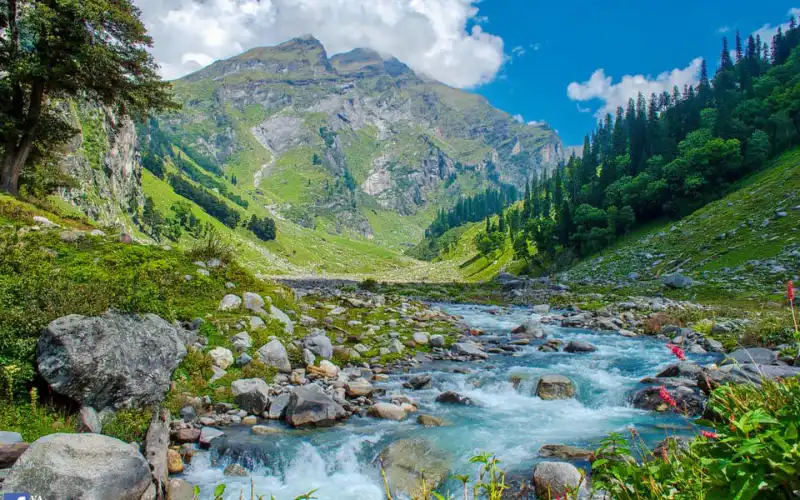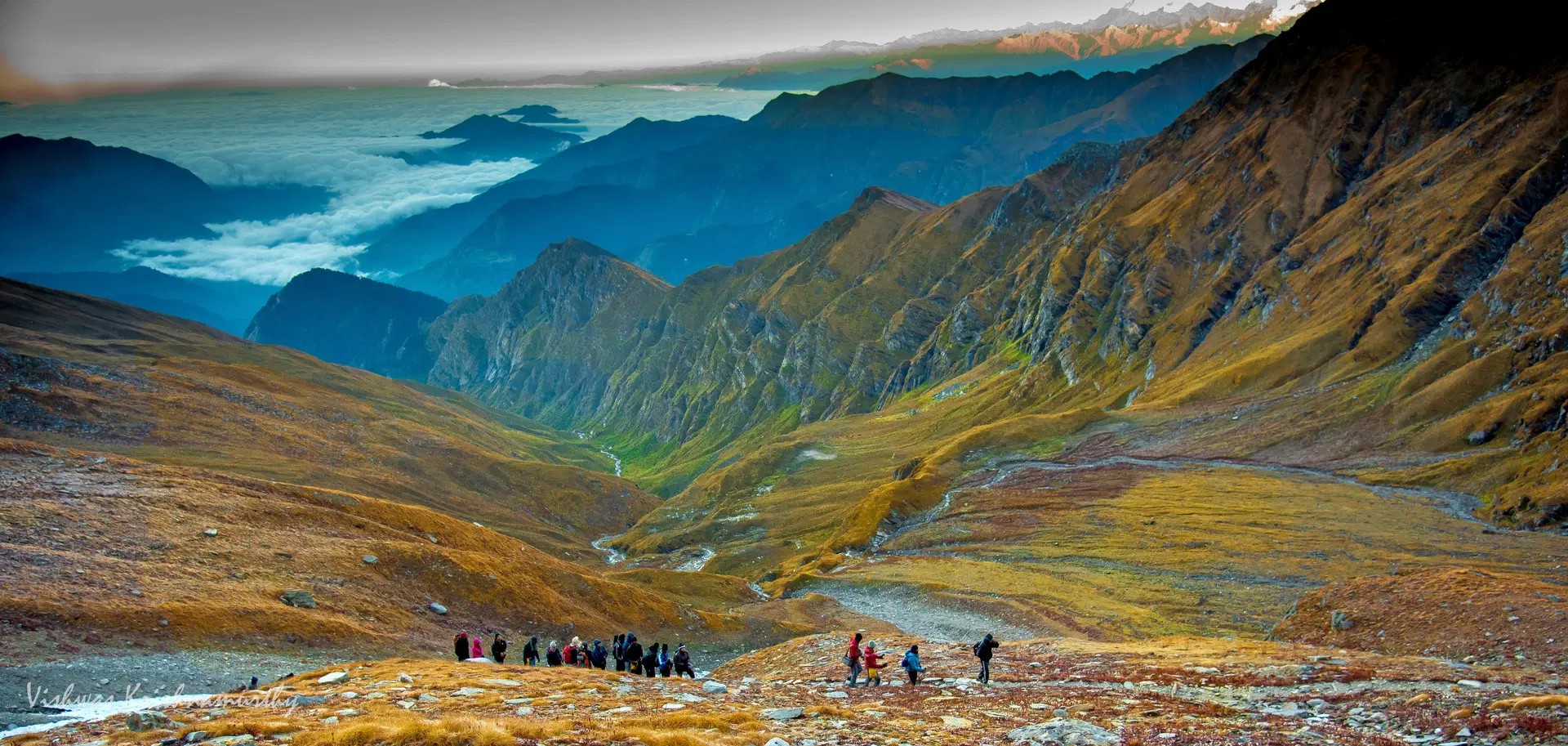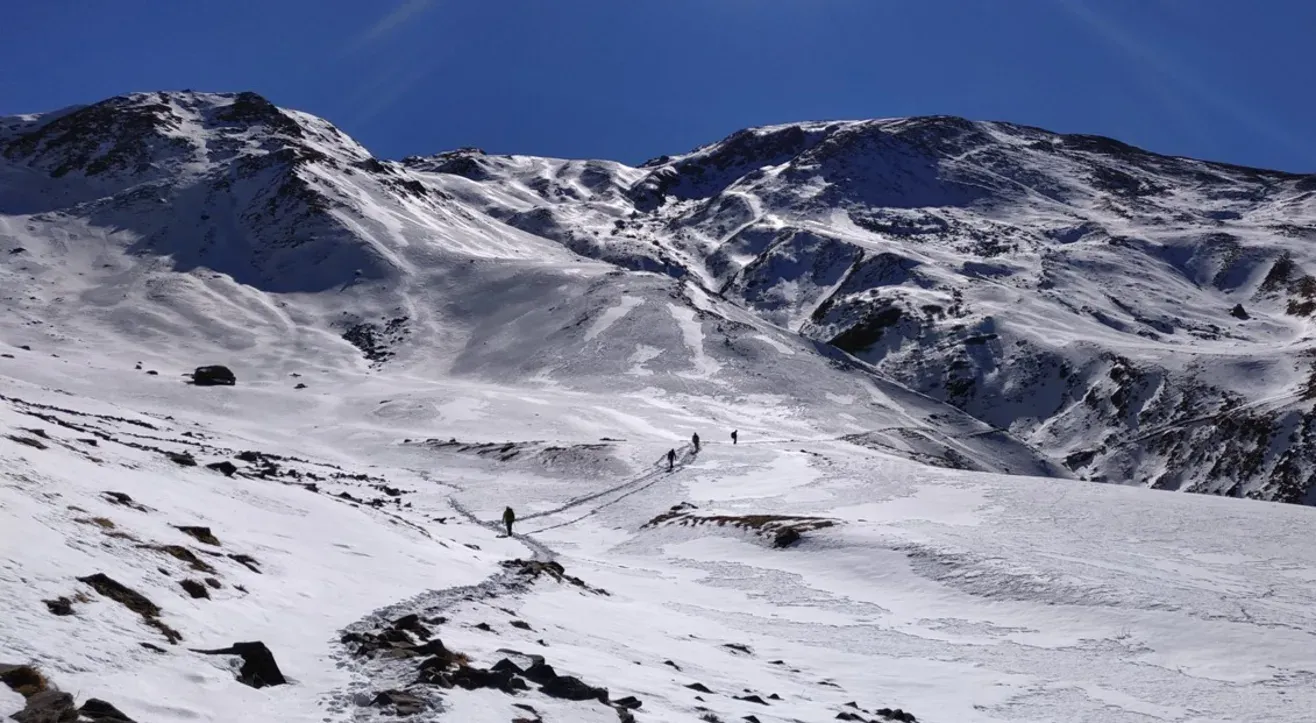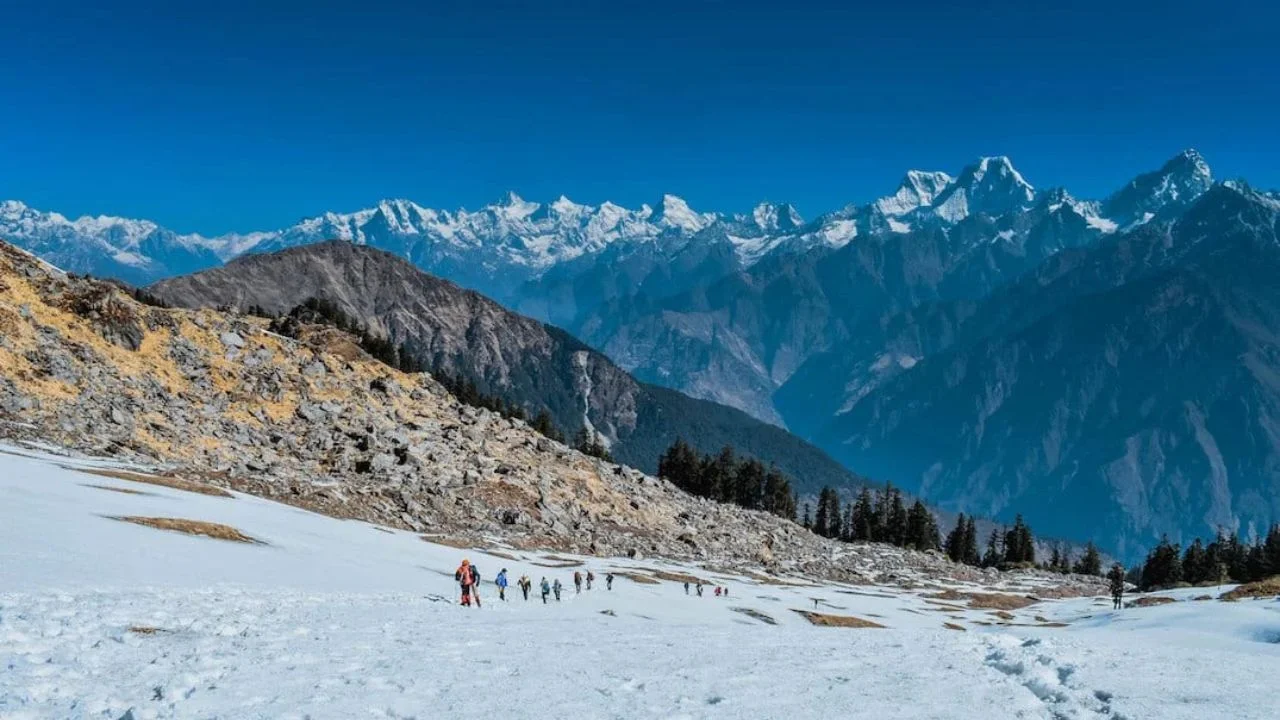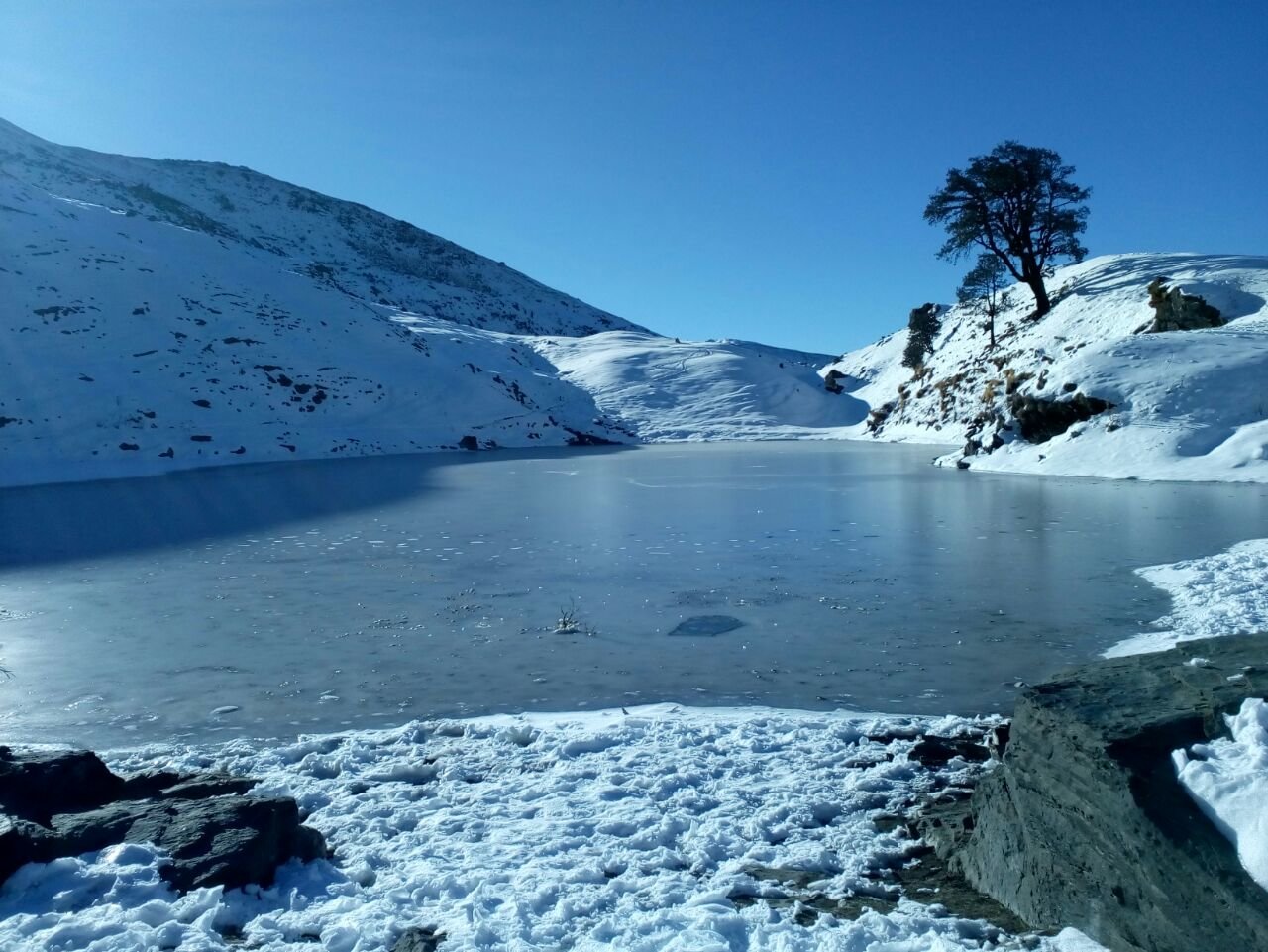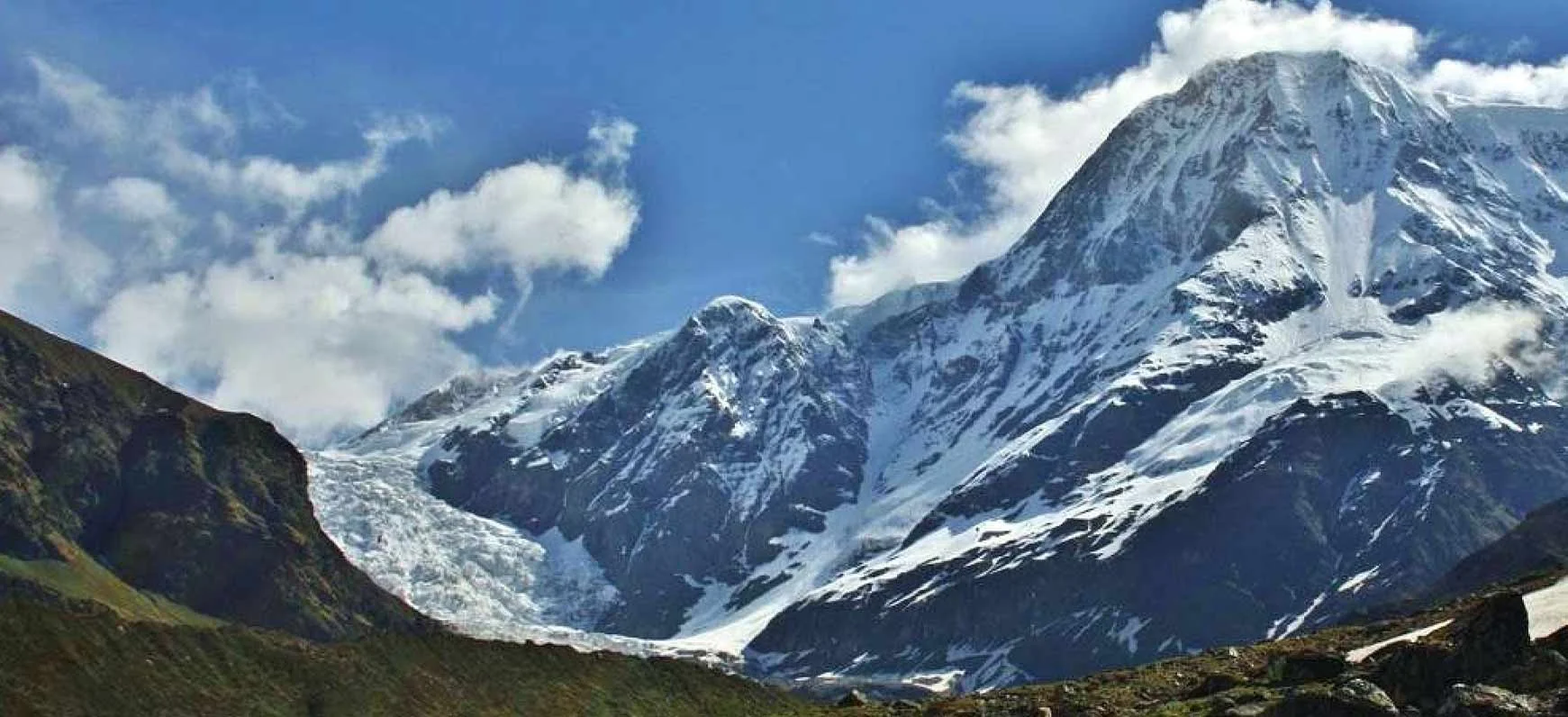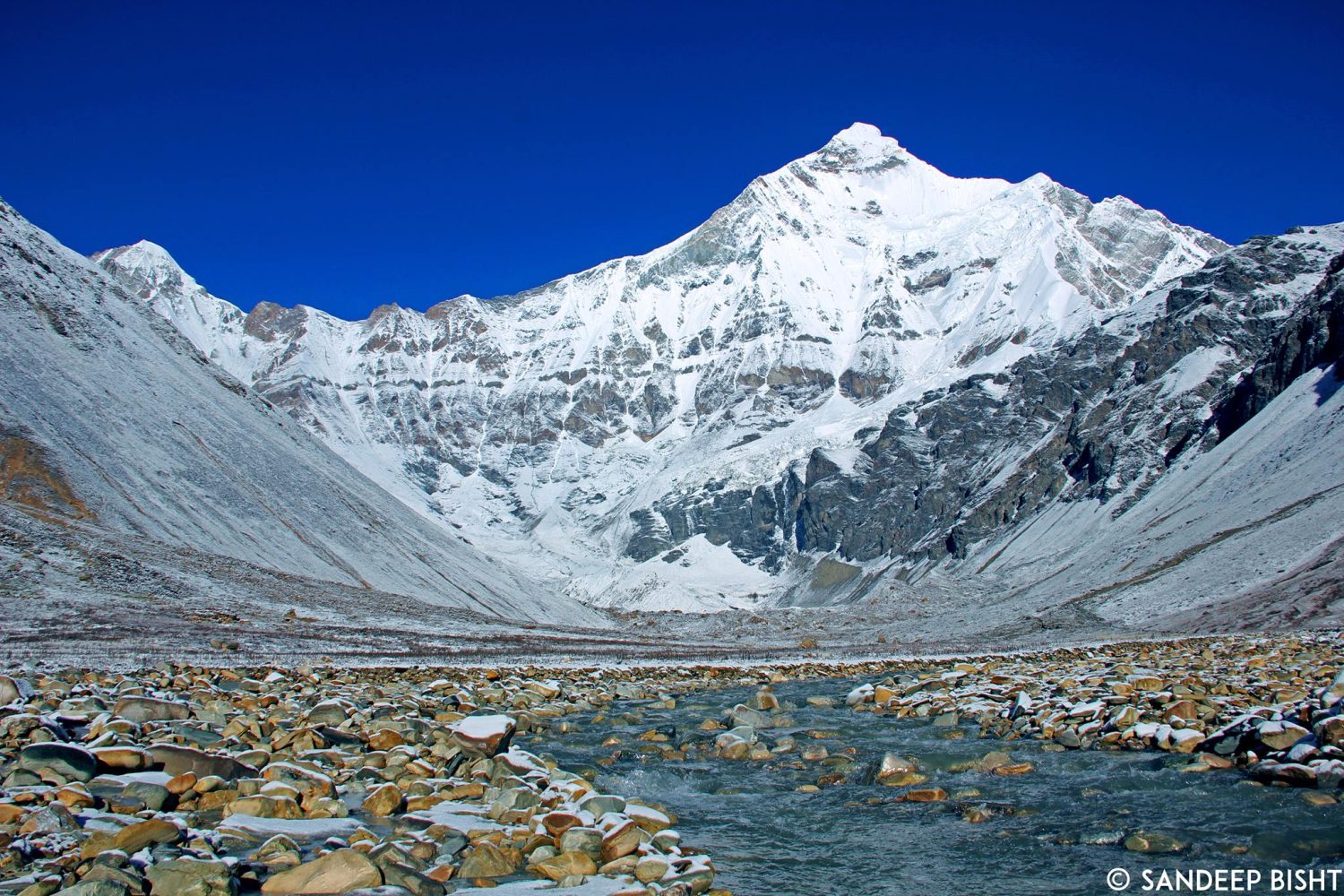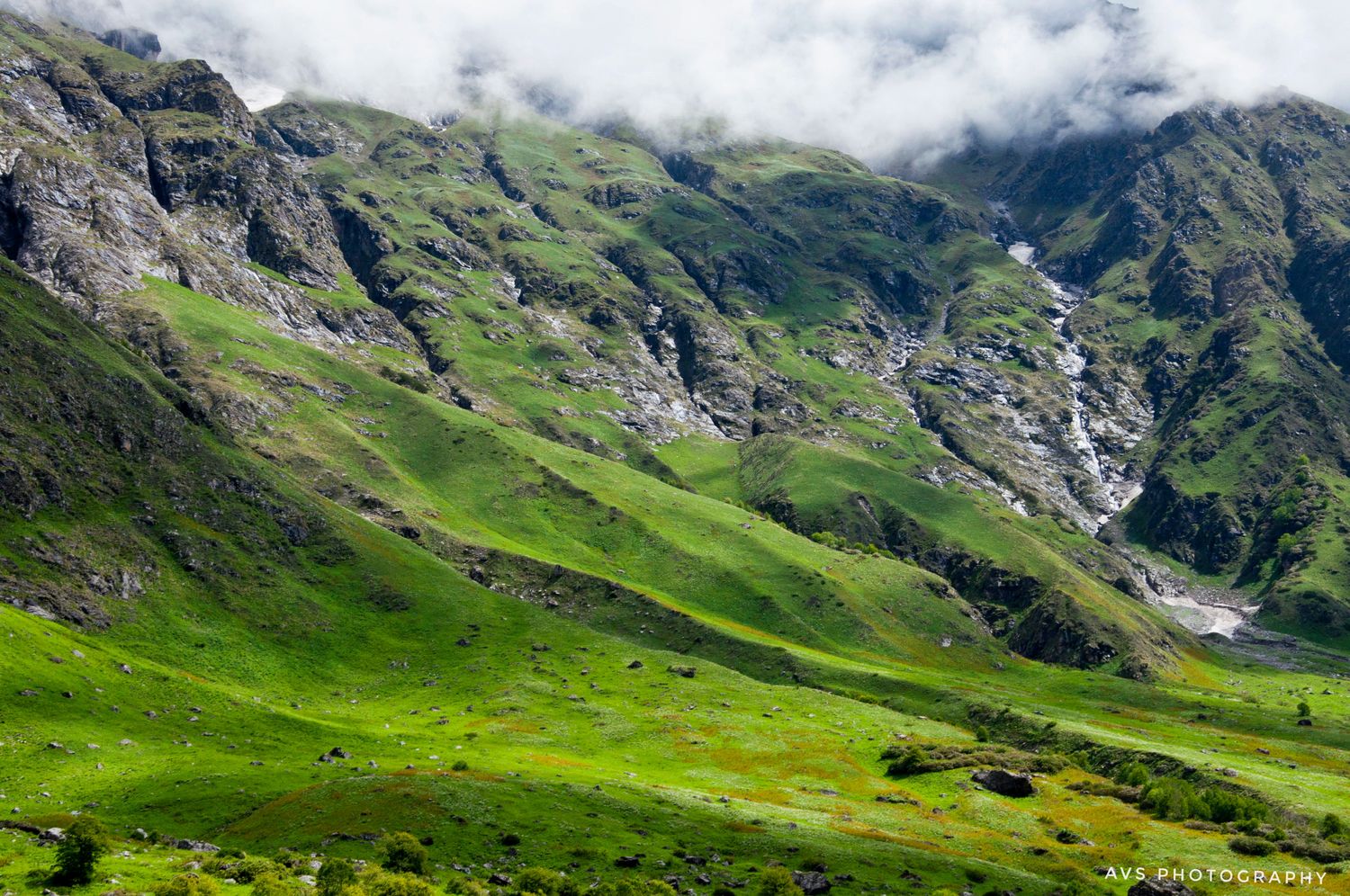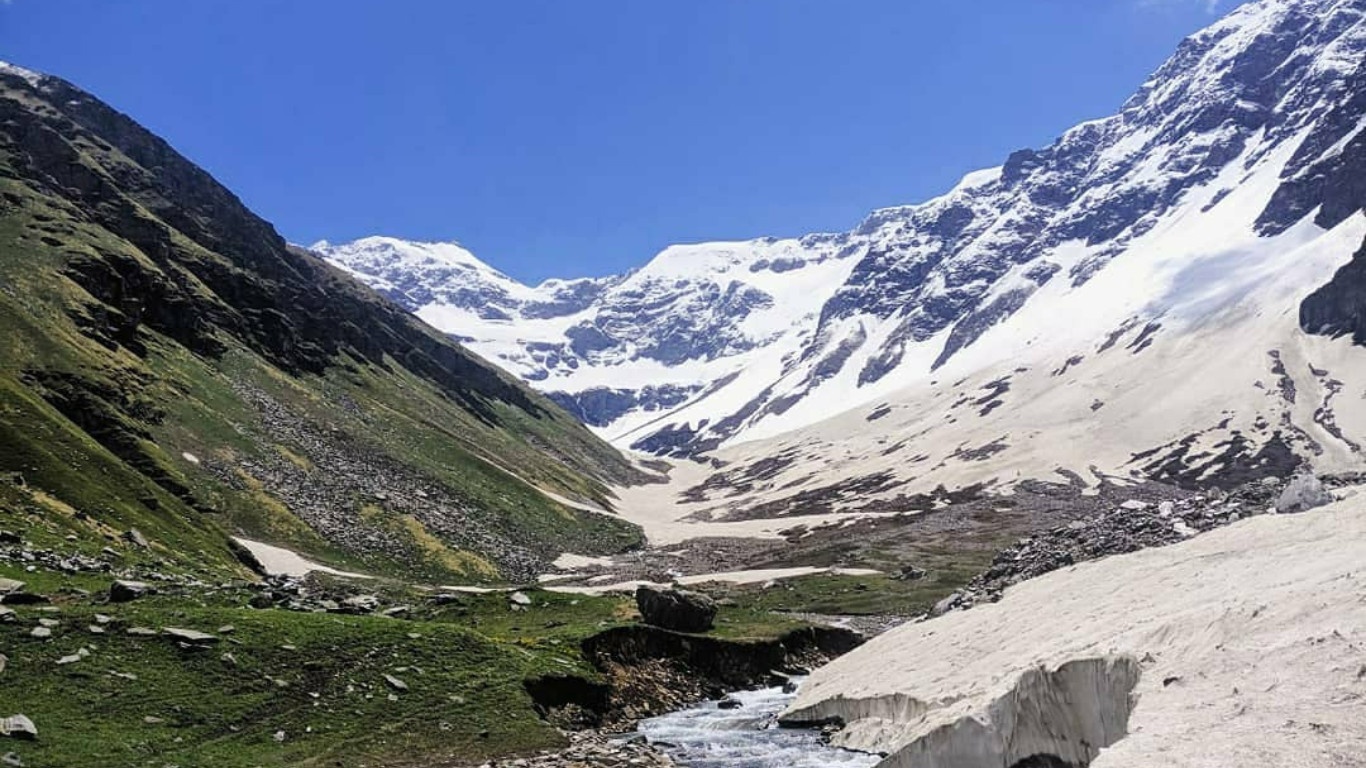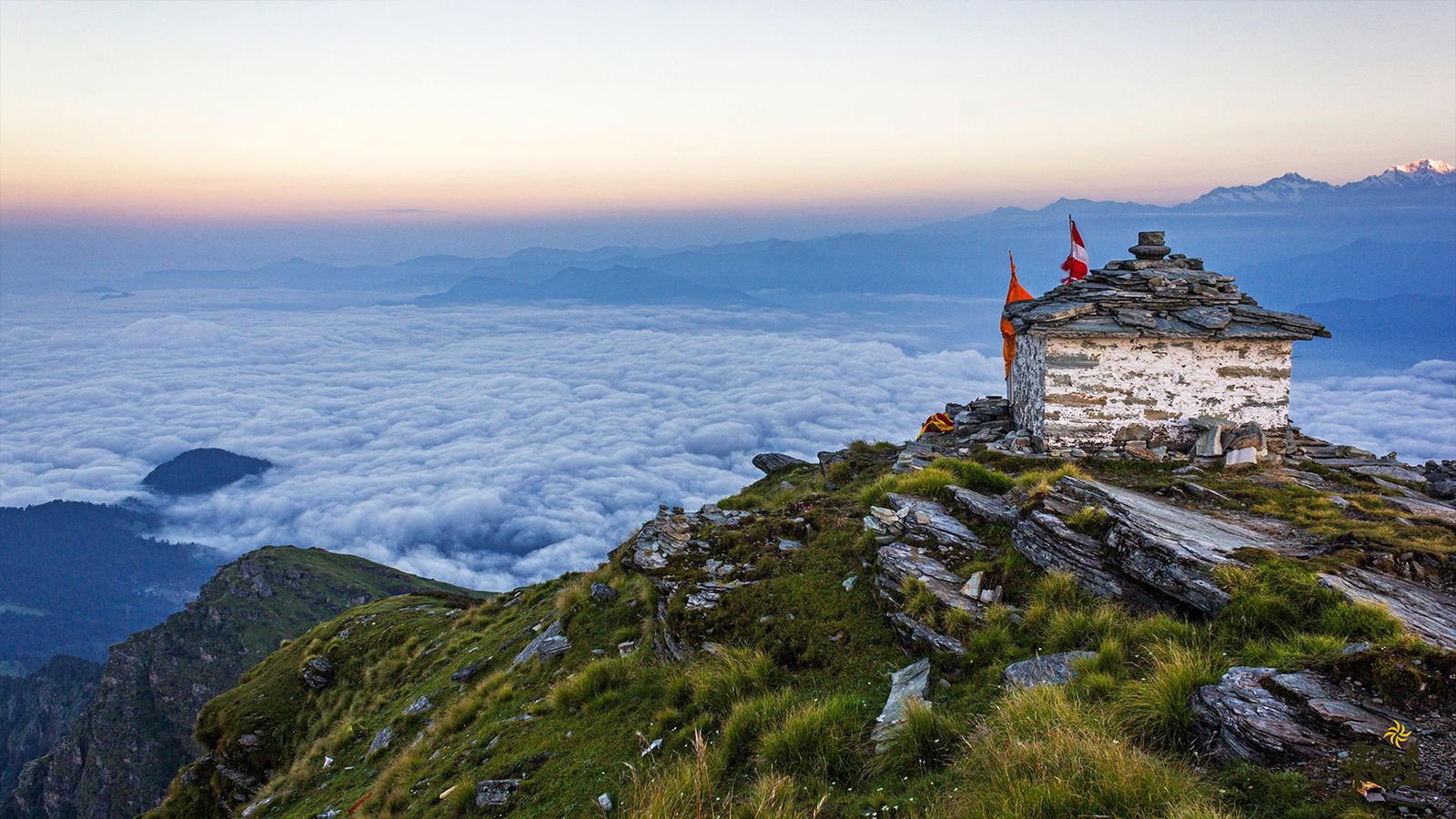Ronti Saddle Trek: A Himalayan Odyssey Between Nanda Ghunti and Trishul
The Ronti Saddle Trek is one of the most thrilling and challenging high-altitude expeditions in the Garhwal Himalayas. Connecting two iconic peaks, Nanda Ghunti and Trishul, the trek takes you through glaciers, ridges, and remote valleys. Known for its rugged terrain and mountaineering challenges, this trek rewards adventurers with breathtaking views of some of the tallest peaks in the Indian Himalayas. It is considered one of the toughest treks in Uttarakhand, demanding endurance, skill, and determination.
The Majestic Saddle
Ronti Saddle is a high mountain pass lying between Nanda Ghunti and Trishul peaks. Standing at over 5,000 meters, it offers a surreal vantage point where trekkers can witness glaciers, alpine valleys, and towering Himalayan ranges in their full grandeur.
A Test of Endurance
Unlike regular treks, Ronti Saddle requires technical knowledge to negotiate glaciers and moraines. With extreme weather, tricky terrain, and steep climbs, it is suited only for seasoned trekkers and mountaineers.
Why Ronti Saddle is Special
This trek offers a rare opportunity to explore the inner Garhwal Himalayas and get close to revered peaks like Nanda Ghunti, Trishul, and Chaukhamba. The sense of accomplishment in crossing this challenging pass is immense and unmatched.
